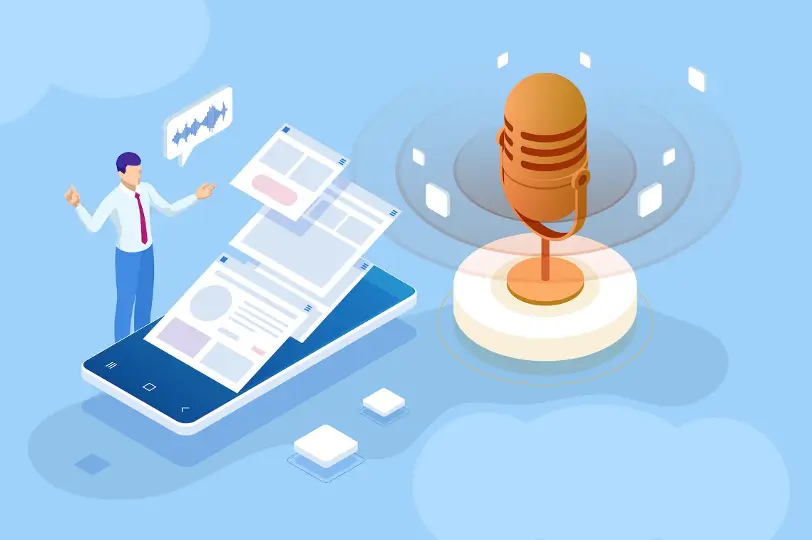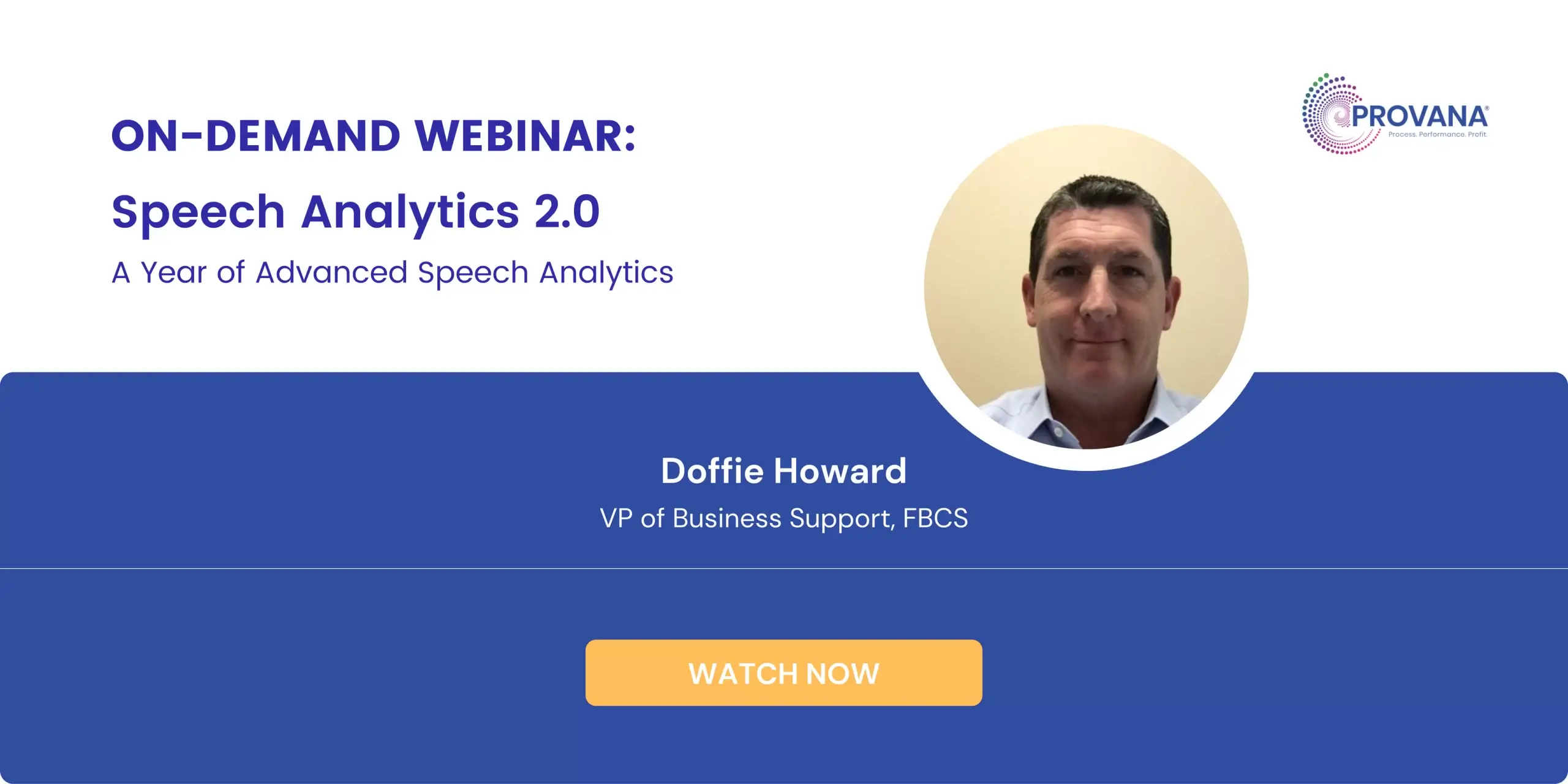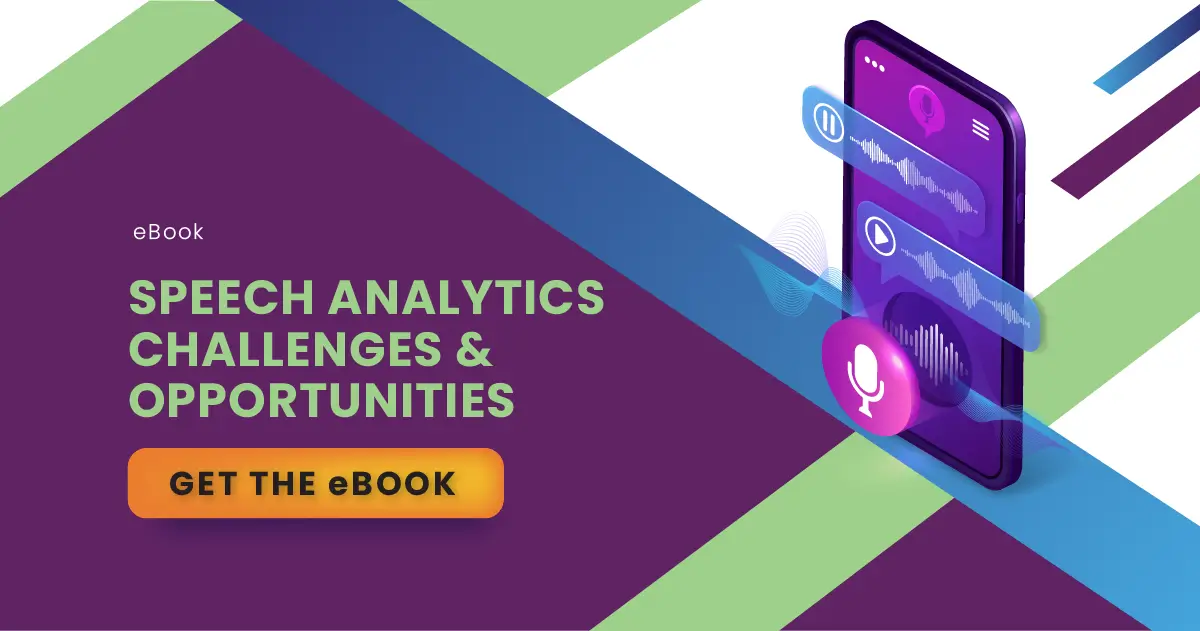Speech Analytics: Call Center Success Is In The Details
- October 29, 2021
- Category: Speech Analytics

Recommended Reading
Speech technologies have a tremendous potential to transform any collection-focused contact center given that most of the consumer-agent interaction is still concluded through voice processes. Speech analytics (SA) is a powerful tool that can get insights into the root cause of a problem to improve and drive business growth. However, just investing in a SA solution isn’t enough to improve your collection yield and scale your business. It is not a solution that you can implement and forget. It requires ongoing involvement by different stakeholders and needs to be navigated carefully. Having said that, certain best practices can help you make the most out of speech analytics, including how and when to implement the solution.
We recently invited Doffie Howard, Vice President, Business Support at FBCS, Inc. for a webinar to discuss these practices and more. Howard, who has about 23 years of experience in the ARM industry, offered a unique perspective on the role of speech technology in the heavily regulated collections landscape.
1. Start with baby steps
Start the rollout of a speech analytics solution with a small group of agents and then expand to another set of agents. Continue rolling out the solution to another subset of agents until you reach full capacity. This will help your business cope with the systematic change around compliance, QA, and client services in an effective manner.
2. Set accountability metrics
Until the solution is morphed into the whole organization, have a dedicated person assigned to the platform. Howard suggests that 90% of this person’s job should ideally include reviewing the data in the platform. It also makes sense to constitute an in-house speech committee that deals in anything and everything SA, made of members from IT, Operations, and Finance. The same team can meet the solution provider for customization needs and other scopes of improvement.
3. Set seasonally-focused dashboards
Ask your solution provider to help you manage seasonality in collections especially around tax seasons. The provider should ideally help you implement a tax season dashboard or tax season analysis so that you can capture all calls that have any component of tax verbiage. Doing so can help you identify agents that struggle with closing a call, digging deeper into reasons that pose them to a low conversion rate on a tax call.
4. Flag desired or problematic agent behavior
Input scorecards for each agent and project the same information to the agent panel to enable them to check their daily score and fix their errors by focusing on key performance metrics. Input certain phrases that are often involved in abusive collections and flag certain expressions in the system. This will empower the QA team to know if an agent is being rude or negotiating the terms of repayment with the consumer.
5. Let your data dictate your training programs
Export important call center QA data to uncover training needs for agents. These training sessions should effectively address compliance lapses, such as forgetting Mini-Miranda, overlooking verifying the consumer’s name, and not giving the recording disclosure, and instances of professional misconduct. This will ultimately help agents perfect their craft to interact and negotiate with the consumer.
6. Use a combination of real-time and post-call analytics
It is smart to see real-time speech analytics and post-call speech analytics as components of a holistic analytics system. To ensure that you are getting the best of both worlds, you must sign up for a solution such as ICAP that seamlessly integrates both analytics.
While real-time speech analytics can enable you to alter the outcome of a call by intervening, post-call speech analytics can help you see the long-term impacts of real-time actions agents take during calls. Using real-time data in conjunction with post-call reporting tools will ultimately improve agent performance, customer satisfaction, and contact center processes.









